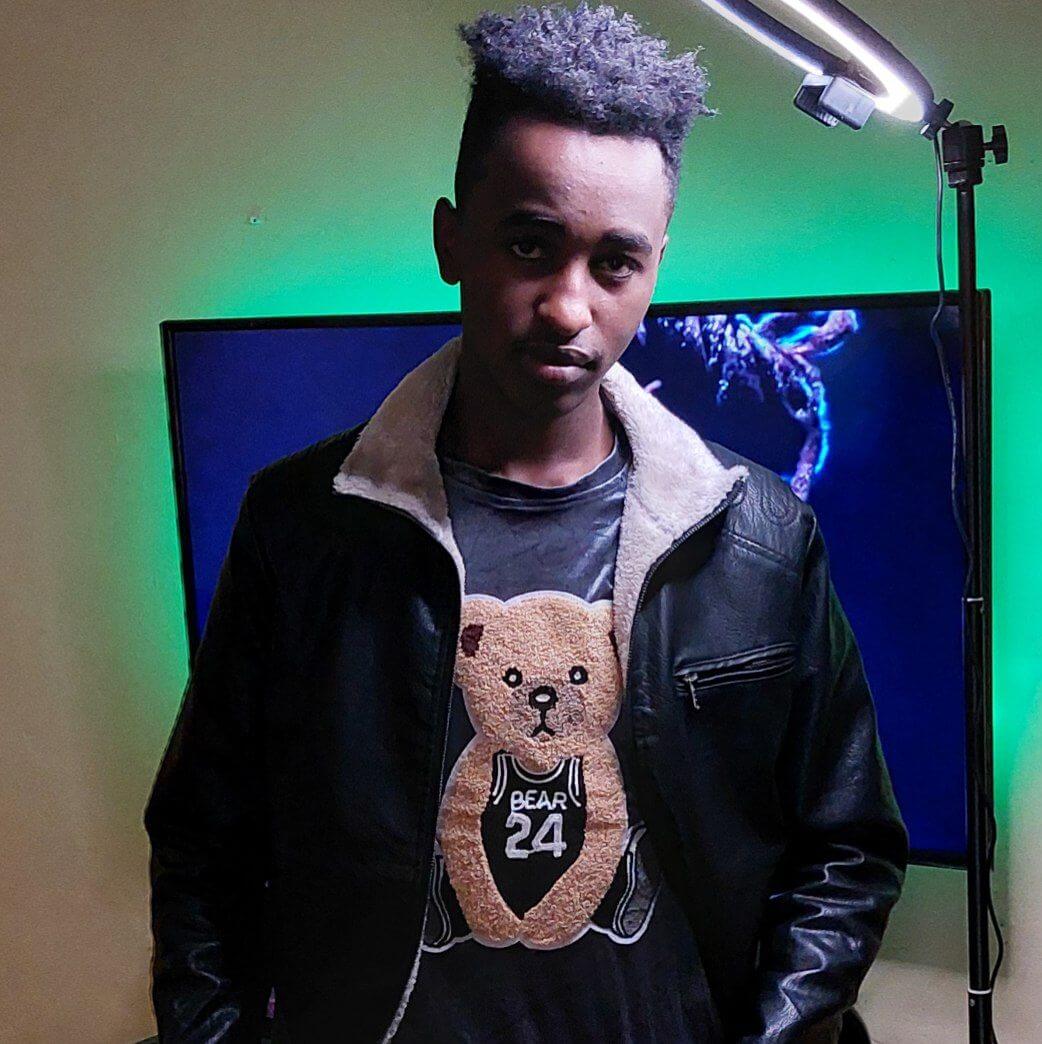In the heart of Brazil, a group of Guarani Indigenous teenagers is defying the odds, using technology to safeguard their endangered mother tongue, Guarani Mbya. As they navigate laptops and a specially designed app, these teenagers, who are fluent in both Portuguese and Guarani Mbya, are on a mission to preserve their language’s written form—a vital step in ensuring its survival.
The challenge: Written language at risk
The Guarani Indigenous people, residing in a community two hours from São Paulo, face a unique linguistic challenge. While they can speak Guarani Mbya fluently, when it comes to writing, they often default to Portuguese, the language in which they were first taught to write. This shift places the Guarani Mbya language in its written form at risk of disappearing.
To combat this challenge, the Guarani teenagers began using the “Linguistic Assistant” app in March of the current year. This innovative app operates similarly to autocorrect and text suggestion features on smartphones, assisting users in constructing sentences in Guarani Mbya.
IBM’s AI initiative for indigenous languages
The Linguistic Assistant app is part of an ambitious project funded by IBM, aimed at creating AI tools to preserve and expand the use of Indigenous languages in Brazil. Selected from their community, these teenagers, the sole high school class among seven villages comprising around 3,000 people on a vast reservation spanning 23,000 square miles, have become the focal point of IBM’s AI-driven initiative to protect and promote Indigenous languages.
Dr. Claudio Pinhanez, an AI specialist at IBM and visiting professor at the University of São Paulo (USP), leads this project. Dr. Pinhanez notes promising progress among the Guarani teenagers, who have begun crafting longer sentences in their language independently, thanks to the app’s guidance.
The global challenge of endangered languages
Guarani Mbya is one of 202 Indigenous languages spoken in Brazil, with 190 of them considered at risk of extinction, and 22 have already disappeared. UNESCO classifies Guarani Mbya as a vulnerable language, denoting widespread spoken use but limited to specific contexts, such as within homes or with family members.
Globally, approximately 17,000 languages exist, with nearly one-fifth facing endangerment. The United Nations, recognizing the severity of the issue, has declared 2022 to 2032 as the International Decade of Indigenous Languages. This initiative aims to provide more resources, support, and awareness to protect these languages, highlighting the pivotal role technology can play in this “digital empowerment.”
Tech-powered language preservation Worldwide
Around the world, tech-centric projects are emerging to combat the erosion of Indigenous languages. In Australia, where more than 250 Indigenous languages are spoken among First Nations people, the University of Melbourne’s “50 Words” project uses an interactive language map to offer at least 50 words from each Australian Indigenous language, contributing to a nationwide language preservation effort.
In New Zealand, Te Hiku, a nonprofit media organization, has developed an app to collect oral recordings of Indigenous languages, supporting speakers in daily language use. Recognizing the importance of a language’s written form, a type foundry collaborated with Indigenous communities in Canada to create new typefaces, simplifying written expression.
Expanding the reach of technology for indigenous languages
Inspired by the success of Guarani teenagers embracing technology to enhance their written language skills, Dr. Pinhanez and his team are developing plans to transform the chatbot into a cellphone application, akin to WhatsApp. This transition aims to facilitate even greater access to language preservation tools.
Furthermore, the team intends to provide this resource as a free tool to other Indigenous communities, emphasizing the nonprofit nature of their initiative.
Balancing technology adoption and cultural preservation
Intertwined with these projects is the challenge of striking a balance between adopting technology and preserving culture and language within Indigenous communities. Dr. Drea Burbank, founder, and CEO of Savimbo, an organization supporting Indigenous communities in Colombia, highlights the inherent tension.
Indigenous communities often view technology as a potential threat to their cultural preservation efforts, as it may dilute their heritage. However, Dr. Burbank believes that technology can also offer benefits to these communities, such as creating banking interfaces in Indigenous languages, further enriching their daily lives.
Empowering indigenous communities holistically
José Alberto Garreta Jansasoy, Governor of the Cofán Indigenous Reservation in Colombia, underscores the importance of providing comprehensive support to Indigenous communities. He envisions the creation of video resources to teach young people the Cofán language, recognizing the potential for technology to bridge cultural and environmental knowledge gaps.
Ramón Uboñe Gaba Caiga, a community leader in the Waorani tribe in Ecuador, sees AI tools for language preservation as opportunities to expand environmental and sustainability knowledge. By documenting their culture and language, Indigenous communities can also contribute valuable content to improve AI models.
A two-way learning process
Preserving Indigenous languages through AI not only safeguards these cultures but also contributes to AI development. Large language models like ChatGPT often face ethical concerns, having been trained without proper consent or respect for source materials. Collaboration with Indigenous communities, who actively contribute texts and provide consent, can reshape AI practices for the better.
Dr. Pinhanez highlights this unique aspect: “Documentation and vitalization of Indigenous languages has this unique quality of pushing AI to be better in terms of technology and ethics at the same time.”
The convergence of technology and cultural preservation is transforming the landscape for Indigenous languages. As initiatives like the Linguistic Assistant app demonstrate, AI tools can empower Indigenous communities to protect their languages and culture while also enriching AI development with diverse perspectives. This synergy holds the potential to bridge cultures, ensuring that no language or culture is lost in the digital age.





